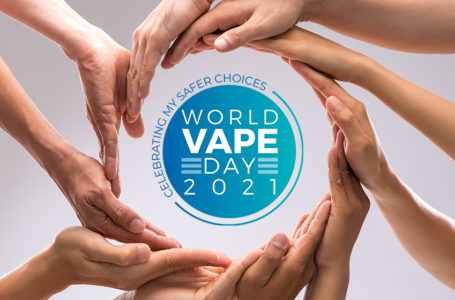Expanding consumer access to safer nicotine products (SNPs) is essential to unlocking the public health benefits of tobacco harm reduction (THR), according to a briefing paper from the Global State of Tobacco Harm Reduction (GSTHR).
The paper argues that the World Health Organization’s (WHO) Framework Convention on Tobacco Control (FCTC) has fallen short in curbing tobacco-related mortality and morbidity, and urges that tobacco harm reduction be meaningfully addressed at the Eleventh session of the Conference of the Parties (COP11) in Geneva, Switzerland, on November 17-22, 2025.
“It has been evident for some time that the FCTC has been ineffective in reducing the global toll of death and disease caused by tobacco use. There remain over a billion people who smoke and an estimated eight million tobacco-related deaths each year,” the paper stated.

Produced by Knowledge Action Change (KAC), a harm reduction-focused public health organization with over four decades of experience, the GSTHR briefing paper says tobacco use continues to cause approximately eight million deaths annually.
It points out that the FCTC’s voluntary goal of a 30 percent reduction in tobacco use by 2025 has not been met, with WHO data showing global tobacco use stagnating at 1.25 billion in 2022—almost 20 years after the treaty’s adoption.
The paper notes that tobacco use in low- and middle-income countries (LMICs)—home to 80% of the world’s smokers and the majority of tobacco-related deaths—is declining only gradually. In their 2022 Lancet article, University of Auckland emeritus professors Robert Beaglehole and Ruth Bonita, global experts on non-communicable diseases (NCDs) and former WHO employees, argued that the “FCTC is no longer fit for purpose, especially for low-income countries.”
The briefing paper asserts that SNPs such as vapes, snus, nicotine pouches, and heated tobacco products pose significantly lower health risks than combustible cigarettes and are already supporting millions in smoking cessation.
“The only realistic vehicle for reform of the FCTC is through the Parties to the Convention. Parties that have adopted, enabled and supported access to SNP in order to enable adults who smoke to quit are seeing the benefit in falling smoking rates. These countries need to take steps to ensure their progress is not impeded by COP decisions. And these parties also have a broader responsibility to global public health: to ensure that the capacity of tobacco harm reduction to catalyze reductions in tobacco use is given due consideration at COP11 and beyond,” the report says.
According to the report, countries that have supported access to SNPs are witnessing notable reductions in smoking. The UK, for example, saw smoking rates fall from 24 percent in 2005 to 10.8 percent in 2025, while vaping prevalence reached 10 percent.
New Zealand has experienced a significant decline in smoking prevalence, dropping from 28.9 percent in 2000 to 10.9 percent in 2021, while vaping is projected to reach 13 percent by 2025.
Despite mounting evidence, the paper says the WHO appears firmly opposed to THR, urging member states to ban or impose strict regulations and high taxes on SNPs.
The report criticizes the provisional COP11 agenda for characterizing harm reduction not as a legitimate public health approach, but as a narrative aligned with tobacco industry interests—citing FCTC Articles 5.2(b) and 5.3, which focus on reducing consumption and shielding policy from industry influence.
The GSTHR paper also expresses concern over the transparency and funding mechanisms of the FCTC, noting that COP meetings are predominantly closed to the public—unlike other UN agency proceedings—with restricted NGO participation and no representation for SNP users.
The paper also examines the FCTC Secretariat’s growing dependence on extrabudgetary contributions, which accounted for 55 percent of its $19.5 million budget for 2024-2025 and are projected to rise to 56 percent of the proposed $20.1 million budget for 2026-2027.
The paper raises concerns that this dependence on extrabudgetary funding may grant disproportionate influence to major donors, including philanthropist Michael Bloomberg, who serves as the WHO’s Global Ambassador for Noncommunicable Diseases and Injuries.
Since 2005, Bloomberg has allocated $1.6 billion to global tobacco control initiatives, including support for organizations such as the Campaign for Tobacco-Free Kids (CTFK), which advocate for restrictions or bans on SNPs.
The paper argues that this disproportionate donor influence is hindering an impartial evaluation of tobacco harm reduction’s potential to lower global smoking rates.



















